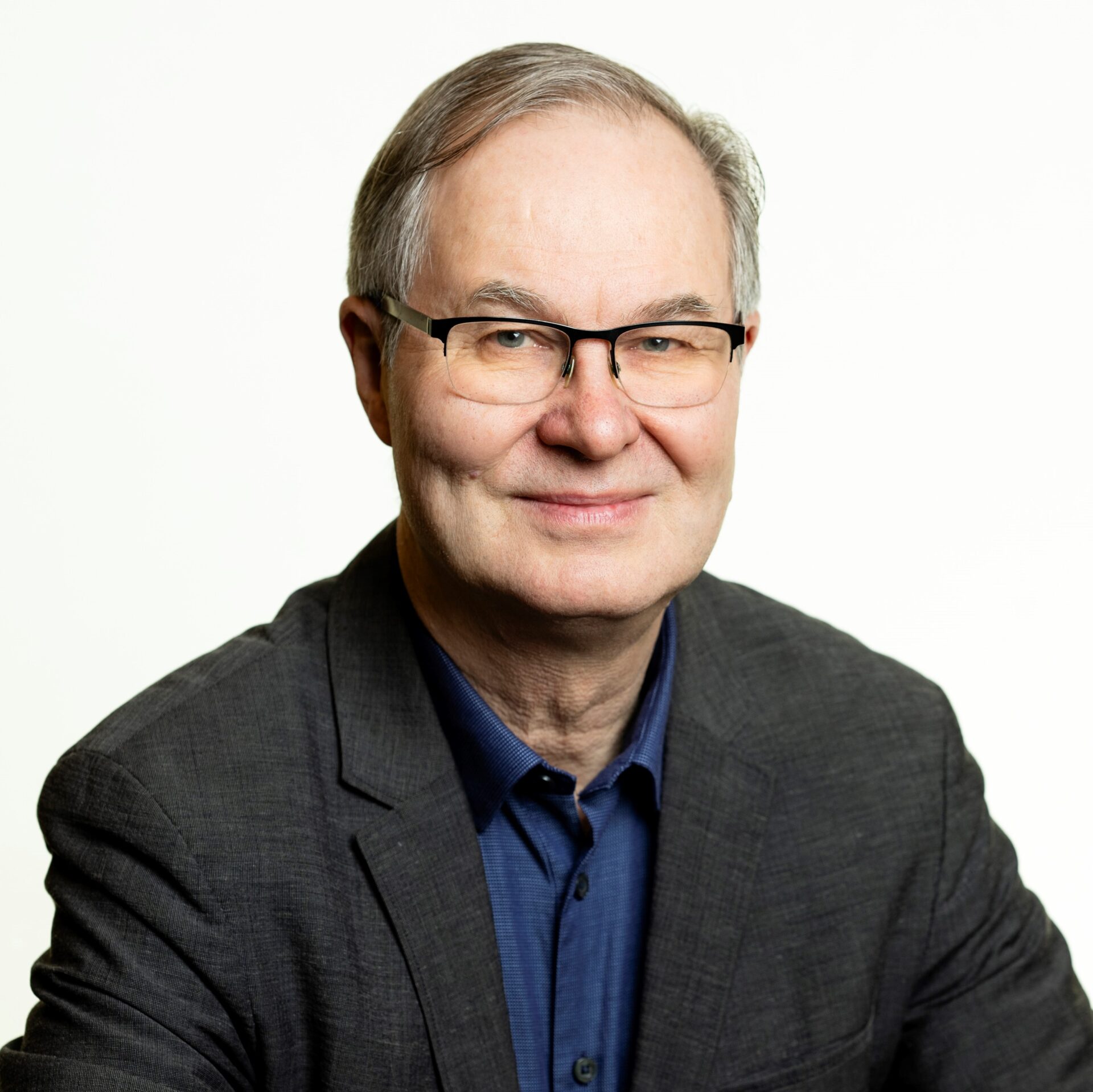Jyri Seppälä: “Finland should lead by example to show that change for the benefit of the climate is possible”
Chair of the Finnish Climate Change Panel Jyri Seppälä has been involved with the Panel since its inception. Seppälä, who works as a research professor at the Finnish Environment Institute, believes that Finland has the opportunity to set an example when it comes to climate change mitigation and to use it to create new foundations for the economy. However, this requires words to be translated into actions.
Research Professor Jyri Seppälä has wide-ranging research experience. He specialises in sustainability assessments based on life cycle thinking in the areas of consumption and production. The topics he has explored have ranged from agriculture and forestry to various industrial sectors, spanning different areas of consumption. He has also been active in creating and supporting the creation of networks of municipalities to serve as pioneers in the fields of climate change and resource efficiency.
“You could call me a jack of all environmental trades, something made possible thanks to my systems-analytical approach. My interests span a lot of areas, which has led to my involvement in a number of the Finnish Climate Change Panel’s projects.”
Seppälä is motivated by the Panel’s work because climate change must be brought under control, and Finland has the opportunity to lead by example. According to Seppälä, there are plenty of environmental problems that are not caused by climate change. However, he emphasises that if climate change gets worse, other environmental problems will also get worse. These problems will extend far beyond nature, and have the potential to also affect economic and security development prerequisites.
“In my own work, I have been able to take a holistic view, which has led me to the conclusion that a lot of things will become meaningless if climate change is not mitigated. It is important to understand that we need to invest in fighting climate change – this work will not happen by itself.”
Government policy can be used to create demand for climate-friendly alternatives
Seppälä explains that the COVID-19 pandemic showed that people were willing to make lifestyle changes in order to get the virus under control. According to Seppälä, a similar approach is also needed to mitigate climate change.
“With climate change, we are dealing with much bigger impacts, yet we are still unwilling or unable to change the way we do things. This is natural in itself, because people are used to solving problems that are in the here and now. We only ever look at the current situation, which makes it difficult for us to solve problems in a forward-looking or cross-generational way.”
Seppälä says that changing consumption habits is challenging, and this applies to Finland too. These changes are less about lowering living standards, and more about doing things in a new way. Finland has a unique opportunity not available to developing countries to adopt clean technologies and gain knowledge that will help it reduce its carbon footprint.
There is also the issue of insufficient climate-friendly demand potentially resulting in slower progress when it comes to companies’ supply and thus the necessary systemic change. However, it is clear that the onus for change should not be weighted too heavily towards consumers. Success requires smart policy to guide cost-conscious consumers towards lower-carbon options.
“The situation would be unmanageable if all countries in the world consumed in the same way as we do in Finland. We should show by example that change is possible. It is possible to live well while also dealing with this climate issue properly. And we can create a new kind of economic growth through our own choices.”
Leading by example on climate issues offers opportunities for Finnish industry
According to Seppälä, it is key to understand that Finland has both a historical and a wealth-based obligation to act to mitigate climate change.
“Finland will not solve this problem alone, but if countries like us cannot make a change, who can? Setting an example would also create plenty of opportunities for business. It seems that more and more Finnish companies have already started to see this.”
“It is important that Finland supports the EU’s position as a pioneer in climate policy. This also gives us the opportunity to exercise greater influence than we might otherwise have been able to when it comes to climate issues. Furthermore, it is also the surest way to build the long-term operating environment that businesses are calling for.”
Seppälä is therefore pleased that climate change mitigation has achieved a certain position in Finnish society.
“People’s understanding of climate change has increased. That is the first step: attitudes have clearly changed. Now I am just waiting for the second step to happen. This involves translating attitudes into action at the pace we need to achieve our climate objectives.”
In his free time, Seppälä enjoys nature and photography. He has been a keen birdwatcher and photographer since he was a little boy, and now butterflies have come back into the picture too.
“I stopped playing football when I sustained an injury, but I have continued to enjoy the outdoors even more since then. My favourite places near where I live include the surroundings of Lake Tuusula, the ancient forests of Pohjois-Paippinen and the Nukari rapids of the River Vantaa. Laitila, the area where my summer cottage is located, is home to a number of great natural sites.”




